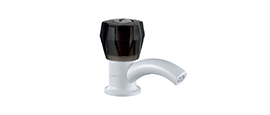How to Use a Public Bathroom Safely

Many people are hesitant to use public restrooms because they are worried about contracting diseases and germs. Using a toilet cubicle in a public washroom may be an unpleasant experience. Several types of dangerous bacteria, such as E.coli, salmonella, coliform, rotavirus, and cold virus, can be found in public restrooms. These bacteria do not live long outside the body and are no more hazardous than the germs found in a typical home. Though not all public toilets are made equal, and some will be dirtier than others, you should be able to avoid getting too near to bacteria or germs if you seek a clean bathroom and observe proper bathroom etiquette.
Find out where the cleanest public bathrooms are.

To avoid coming into touch with bacteria and germs. Use only bathroom stalls in hospitals and buildings that are cleaned regularly. Because disinfectants are used frequently and liberally in hospitals, the toilet stalls are generally the cleanest. Avoid using the restrooms at airports if at all possible. Airports are high-traffic locations, and owing to the huge amount of people using them throughout the day, the toilets may not be clean enough.
Also, stay away from the restrooms on planes. People find it difficult to wash their hands in airplane toilets since they are so tiny. Bacteria thrive on high-touch surfaces as a result of this.
Make a beeline for the first stall.
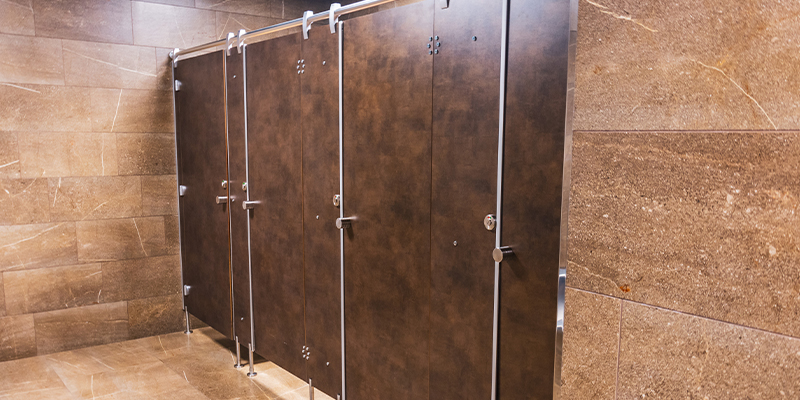
Because people choose the middle and final stalls for solitude, use the first stall to reduce your exposure to bacteria and germs.
It will most likely be less utilized and cleaner than the other restroom stalls.
Do not leave anything on the bathroom floor.
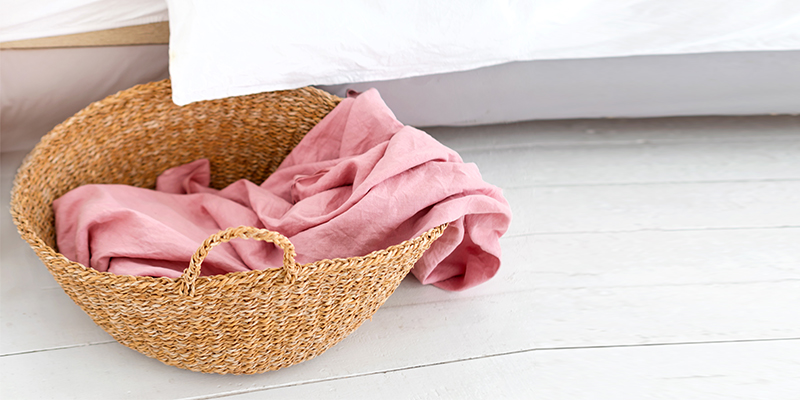
According to a study, the bathroom floor has the greatest concentration of germs in public restrooms. The sanitary napkin disposals, sinks, and water taps in bathrooms have the second greatest concentration of bacteria.
Hang your bag or coat on the hook instead of putting it on the floor, or leave it outside with a friend while you use the restroom to avoid taking up any bacteria or germs.
If there isn’t a hook on the back of the stall door, wear your coat or hang your purse over your neck while using the restroom.
Sitting on the toilet seat is not a bad idea.

Although skin contact with urine or feces on the toilet seat is unpleasant, there are no obvious health risks. When you contact restroom surfaces with your hands and then don’t wash them, you’re more likely to take up germs and bacteria than when you touch your bottom skin.
Avoid touching the flush handle or the stall door with your hands if at all possible. Without realizing it, germs may quickly spread from your hands to your face or lips.
After using the restroom, wash your hands.
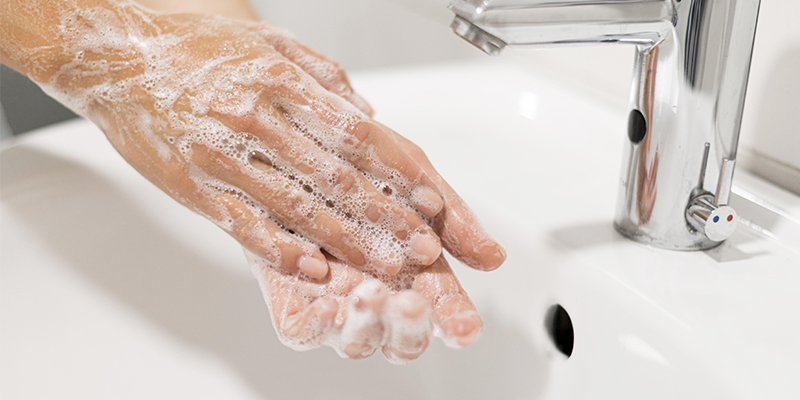
Although it may seem self-evident, it is critical to wash your hands thoroughly after using a public restroom stall. This will greatly reduce the transfer of germs and feces from your hands to your face, mouth, or eyes via toilet surfaces.
Use soap and lather your hands for 20 seconds to adequately wash your hands.
Hands should be thoroughly rinsed and dried with a paper towel or a hand dryer.
As you exit the restroom, avoid touching the door to avoid picking up any more germs or bacteria from those who didn’t wash their hands.
Limit your touch with objects like doorknobs and sinks.
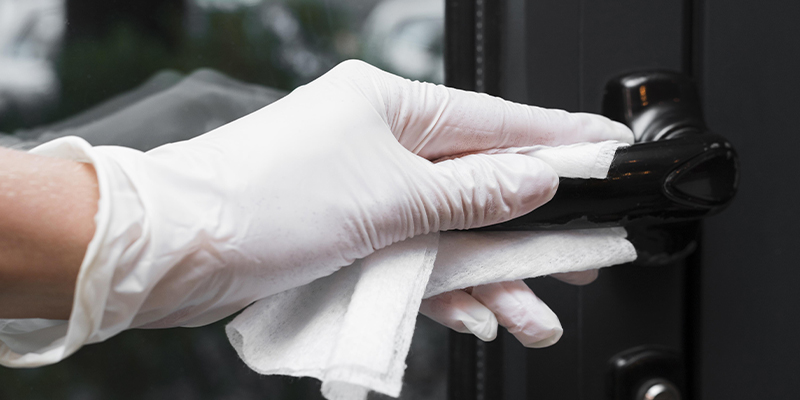
If possible, limit your touch with restroom surfaces to avoid picking up bacteria or germs on your hands. If available, use the automated soap dispenser and the automatic taps to wash your hands.
It’s also a good idea to avoid touching the paper towel dispenser on your way out of the restroom with an automated hand drier.











